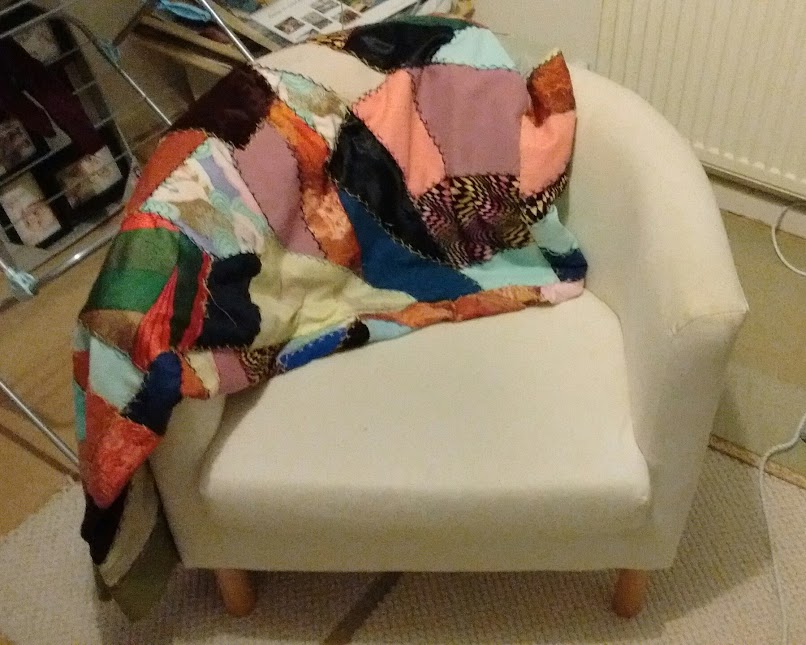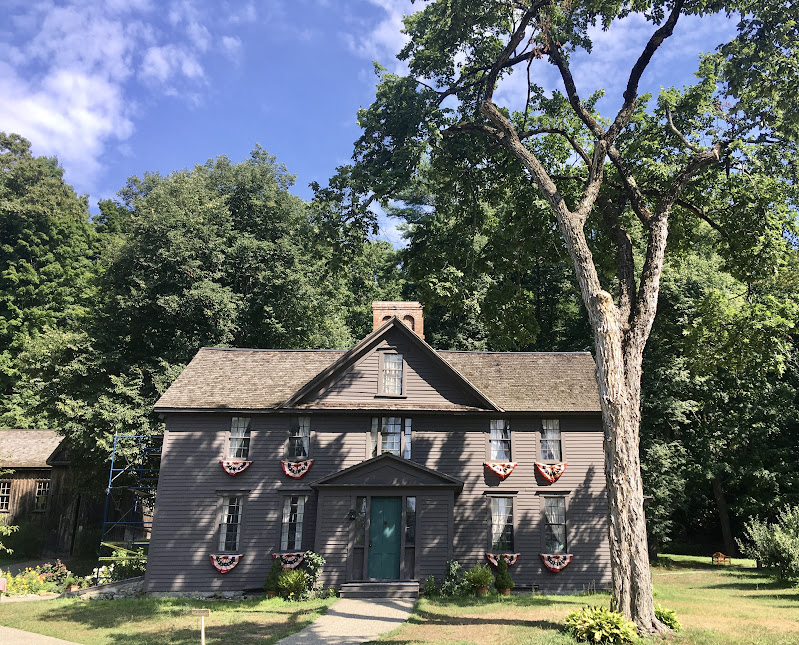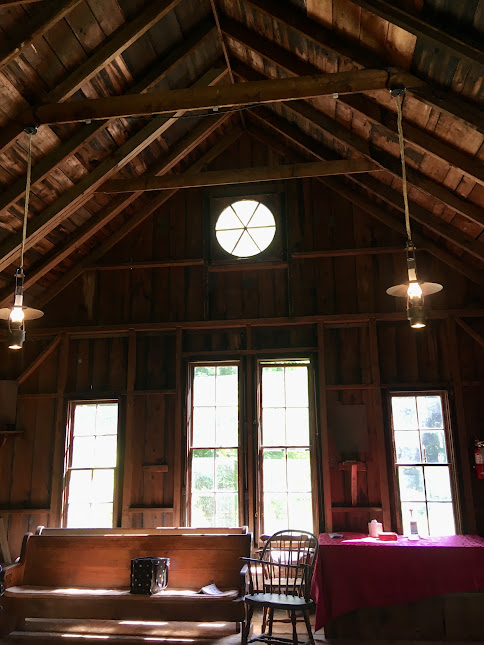This Week’s Bit of String: Under the patchwork quilt
My grandparents’ guest bedroom was one of my favourite places. A rocking chair in the corner, a handmade crazy quilt on the bed. Shelves of AMC magazines that my Grandpa kept, unwilling to throw away anything with portraits of cinema’s Golden Age stars. The nightstands, under the dropped eaves, were metal and wire 1970s pieces loaded with books.
The books would change, and I never delved into how or why. Was my Grammy exchanging them with her sisters? Did my older cousins swap them out? However it happened, rootling around in this bedroom was where I discovered Little Women by Louisa May Alcott.

It was an abridged version, still hefty, a yellow hardcover with that plastic that peels off in satiny strands if you pick at it distractedly while you read. There were a few black and white illustrations, the sisters each given distinct appearances.
I was 9 or 10 when I found the book and read a few pages while my siblings ran around. The opening image of Jo stubbornly tomboying, sticking her hands in her pockets and whistling, made me laugh and I read it to the others and we all mimicked the gesture.
Family Home
At that point, my grandparents had lived in their Vermont house for at least 50 years, raising 6 children there. A pastiche of wallpapers, AM radio, the smell of American chop suey or home-baked donuts, and all objects well-worn, softened at the edges. Keeping the same house for so long felt magical, as if the air we breathed there was different, the atmosphere more sustaining.
During my latest summer visit to New England, I took a trip with my two sisters down to Massachusetts to see Orchard House, where Louisa May Alcott lived with her family (after they’d moved dozens of times, due to financial struggles). It was a hundred degrees out, with a major heat warning cautioning everyone to stay inside. Fortunately for us, Orchard House is gently air conditioned, preserving the many artefacts within.

We were amazed at how authentic the place still is. Nearly all furnishings were used or made by the Alcott family. Paintings by Louisa’s youngest sister May (aka Amy), doll clothes stitched by Lizzie (Beth), crocheted bedspreads and even the wedding dress of the oldest sister Anna (Meg). We were quite awestruck.
In the master bedroom, there was even a timetable devised by Mrs. Alcott (Marmee), allotting how many hours the girls ought to spend on learning, on chores, and on other types of enrichment. It reminded us of the chore charts our mother would create to encourage the three of us plus our brother to each do our share.
A Room of One’s Own
While my clever and crafty sisters took great interest in different crochet and knitted pieces, I geeked out over Louisa’s room. She had her own writing desk, a white, rounded table her father built her. It jutted out between two sunny windows. This was exceptionally rare, for a women to have a desk.
The desk was ornamented with a nautilus-shaped inkwell, very Transcendentalist, and pens given to Louisa by her mother. Mrs. Alcott had composed a little poem to go with them, a prayer that the Muse would keep Louisa’s creative fires burning. Such obvious support really moved me.
I’ve now read Little Women more than once, unabridged as well as that old abridged version, along with some of Alcott’s other works. If you’ve also read it, and/or watched the film adaptations (two of the more recent ones were filmed at the actual Orchard House so it is instantly recognisable), you’ll remember that Jo (aka Louisa) writes up in the garret, and stores her pages in a disused tin kitchen. However, Orchard House doesn’t have an accessible attic.

Much of Little Women is based on Louisa’s life, and I’m sure in the dozens of other places she lived while growing up, she did write in attics and in all kinds of nooks and crannies. I wonder if she looked back on those corners with the most nostalgia, and perhaps even found them more inspiring, despite the wonderful space she ended up with.
Certainly, creating a writing garret for the character of Jo was a brilliant authorial choice. Think of how many young, non-affluent readers Louisa made writing feel accessible to. You don’t need a desk, or a view, or a room of your own to write. Not according to Little Women, anyway.
That was something that I loved about the book growing up, and the Winona Ryder film version that came out when I was in high school. Thoughts of Jo, bundled up against the cold, writing through the night really motivated me to work harder. Whether it was under that quilt on my grandparents’ guest bed, or in a basement corner on a typewriter that cost $5 at a yard sale and that I later abandoned after finding a snake in it, or in countless notebooks on bumpy bus rides or squishy sofas or prickly theatre seats at dress rehearsals; whether it was with shouting children or my husband trumpeting upstairs; whether it was scribbling at a bar between taking orders from customers or in the back of a woodworking shop while my students were learning new skills on a field trip… Sometimes, the most unlikely writing places are the ones that stick with us. They yield the hard-earned words, they witness the flood of the ideas that simply will not be kept back.
After all, a main message of Little Women is how hard work makes life feel more meaningful. It was nice to see this backed up by the many loved, homemade objects in the Alcott house, just as I remember them being in my grandparents’ home.
What sorts of places have you written in, and who are the writers or characters that have inspired you to do so?
So enjoyed reading this Tia, memories become more precious as I get older – in fact I’m writing a memoir but can’t get past the age of 11 and primary school because the memories keep flooding in and I have to write a few more thousand words. Whether anyone will ever read it is doubtful but I am enjoying reliving those years.
I mostly write best at the kitchen table or in the middle of the night crouched over a notebook in bed.
Anne x